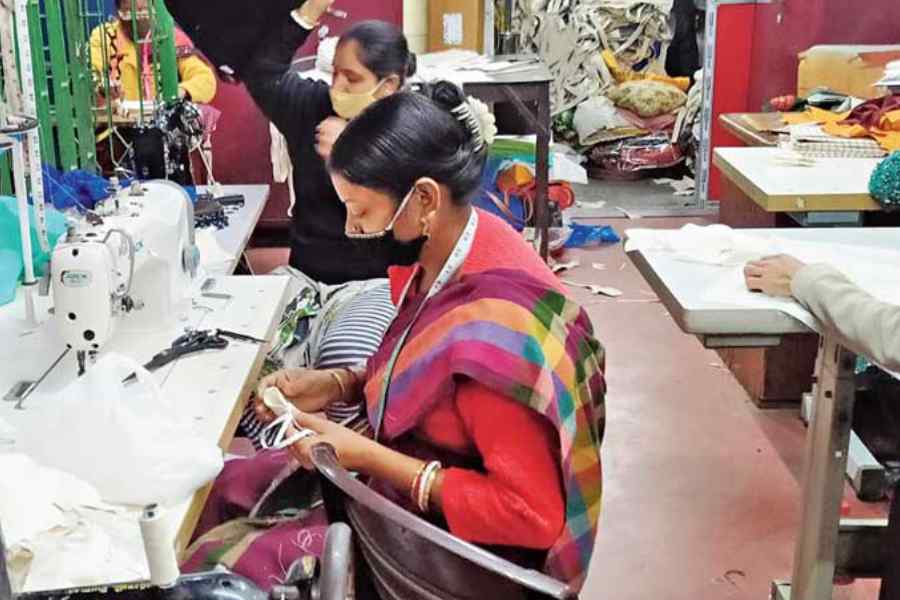The State of Working India Report 2023 serves as both a mirror and a magnifying glass in the context of the intricate tapestry of India’s labour market. The report utilised a range of data sources, including surveys conducted by the National Statistical Office, such as employment-unemployment surveys and periodic labour force surveys, in addition to the India Working Survey. This article highlights the gender disparities and challenges faced by women in India’s workforce that have been revealed by the report.
The report delves deeper into the factors influencing women’s engagement in paid employment and consolidates its findings from primary surveys and secondary datasets. It explains that on the demand side, attitudes concerning suitable jobs can influence employers’ hiring preferences and, consequently, the demand for women’s labour. Even in the absence of direct employer discrimination, past patterns of job segregation can persist due to the influence of role models. Moreover, the prevailing norm of the male breadwinner dictates that women are considered for employment only if men are unavailable.
On the supply side, societal norms governing household responsibilities, expectations regarding marriage and motherhood, and decision-making within the family along with limitations on mobility significantly impact women’s availability for employment. This explains the prevalence of home-based work among women. Even if a woman doesn’t face mobility constraints from her family or community, she may still be constrained due to concerns related to violence.
The report shows that women are less inclined to be employed as the husband’s income rises. Interestingly, in urban areas, once the husband’s income surpasses
Rs 40,000 per month, the likelihood of the wife being employed increases again, forming a U-shaped relationship. Intergenerational gender norms also exert a significant influence. Married women have a higher likelihood of employment when the mother-in-law is employed herself.
Traditional norms designating women as the primary caregivers within households have been slow to evolve. Consequently, women face disadvantages in terms of access to employment opportunities and earnings after becoming mothers. As economic development progresses, labour markets formalise, but the lack of corresponding improvements in supporting infrastructure, such as childcare facilities, makes it challenging for women to balance childcare responsibilities with employment. Furthermore, the data suggest that India’s economic growth has led to a reduction in the number of women engaged in agriculture but it has not been as successful in drawing women into non-farm sectors.
There’s more in the report.
Women from weaker castes exhibit higher employment rates compared to their upper-caste counterparts. As of 2021-22, approximately 40% of scheduled tribe women and 25% of scheduled caste women were engaged in employment, whereas only 21% of women from other caste backgrounds were in the workforce. However, the decline in women’s employment since 2004 has been observed across all castes. As for religious groups, the report found that Muslim women consistently exhibit a lower workforce participation rate than women from other religions. However, for Muslim women in rural areas, there is no significant difference in employment on the basis of caste, even though Hindu women from weaker castes are more likely to be employed than their upper-caste counterparts.
The importance of focusing on gender cannot be overstated. It invites us to confront the multifarious obstacles that continue to hinder women from fully participating in and benefiting from the nation’s economic growth. The findings of the State of Working India Report reveal the pressing need for comprehensive policy reforms to promote gender equality in the Indian labour market.
Anjali Chauhan is a doctoral researcher at the Department of Political Science, University of Delhi











